The group has carried out research in the following topics:
- Microstrip Patch Antennas
- Soft Surfaces
- EBGs
- Reconfigurable devices
- Optimization techniques
- Ridge gap waveguide
- Metamaterials
- Surface plasmons
- Transformation Optics
- Sub-wavelength imaging
Microstrip Patch Antennas
Patch antennas are associated with a family of antennas which come from microstrip technology. A microstrip patch antenna consists of a metallic strip (or patch) printed on a dielectric that is placed above a ground plane. Typically, the substrate must be thin when compared to the wavelength, and its dielectric constant must be low since they provide good radiation efficiencies. The most desirable are substrates with low dielectric constants, since they provide lower losses (and therefore the radiation eciency is higher), however, substrates with high dielectric constants allow more compact designs. Relative to the thickness, patch antennas with thin substrates present narrow bands of operation while thick ones excite surface waves and can complicate the antenna feeding.
In our group, we have investigated how to make these antennas more compact, and how to achieve different radiation patterns by the use of different modes of radiation.
Soft Surfaces
Soft surfaces were defined by Prof. Kildal at the end of the 1980s. Soft surfaces have the ability of eliminating surface wave propagation in one direction in a plane, while hard surfaces are used to enhance the propagation of electromagnetic fields also in a given direction. Hence, they present multiple potential applications, especially since the development of planar versions of them derived from classical corrugations.
For instance, soft surfaces can be used for reducing mutual coupling between antennas, eliminating the back radiation, increasing the gain of the antenna, or even tailoring the radiation pattern of microstrip patch antennas.
EBGs
EBG (Electromagnetic Band Gap) are jointly with PBG (Photonic Band Gaps) electromagnetic crystals. These structures are based in periodical repetitions of a given unit cell, and therefore they mimic semiconductor crystals, allowing or forbidding the propagation of electromagnetic elds in certains bands of frequency
In our group, we have been working in planar EBG for obtaining the reduction of the mutual coupling between microstrip patch antennas. In order to reduce the size of these structures (whose lattice can be in the order of or even larger than the wavelength), we have studied the properties of multi-layer substrate.
Reconfigurable devices
Some investigators have proposed making the devices reconfigurable, i.e., to develop antennas whose bands are modified by using an external parameter, typically a dc voltage.
Since some of compact antennas are based on resonances created by a capacitance and an inductance, one of the most common techniques described in the literature is based on using varactor diodes that provide a changeable capacitance as a function of the inverse voltage introduced across their terminals, thus allowing the operation bands to be tuned.
In this way, even if the instantaneous bandwidth of a nontunable antenna is statically narrow, the combined operational range produced by superposing the dynamic bands of a reconfigurable version will be much larger. This frequency band is defined herein as the equivalent bandwidth.
Optimization Techniques
Robust and efficient algorithms for different electromagnetic applications have deserved attention in the recent years from the scientic community. The most employed algorithms mimic natural phenomena a they are inspired in genetic or evolutive processes, neural processing or swarm coherence.
In the last decades, many researchers have been working in evolutionary algorithms, and they have provided many techniques, procedures and subtle details for tuning the essential optimization techniques and adapting the algorithm to specific problems at hand.
In our group, we have developed different optimization techniques: Genetic Algorithms, Particle Swarm and Ant Colony, to solve complex electromagnetic problems.
Ridge gap waveguide
Recently it has been shown that so-called gap waveguides can be generated in the gap between parallel metal plates. The gap waveguides are formed by metal ridges or strips along which local waves propagate, and parallel plate modes are prohibited from propagating by providing one of the surfaces with a texture that generates an artificial magnetic conductor (AMC) or an electromagnetic bandgap (EBG) surface on both sides of the ridges or strips.
The ridge gap waveguide is very advantageous for high frequencies (above 30 GHz), because it can be realised entirely from metal using milling or moulding, and there are no requirements for conducting joints between the two plates that otherwise is a problem when realising conventional hollow waveguides.
Metamaterials
Metamaterials are those materials which exhibit two essential properties:
-Not observed in the constituent materials.
-Not observed in Nature.
Another important aspect that appears in some of the definitions is the periodicity. Some authors claim that metamaterials are only periodic structures with lattice much smaller than the wavelength of the incident waves, not paying attention to possible emergent properties
In our group, we have studied how periodic repetitions of SRR (Split Ring Resonators) can be used to produce propagating modes below the cut-off frequency of conventional waveguides.
 E. Rajo-Iglesias, O. Quevedo-Teruel, M. Sanchez-Fernandez, “Compact Multimode Patch Antennas for MIMO Applications ,” IEEE Antennas and Propagation Magazine, vol.50, no.2, pp.197-205, April 2008.
E. Rajo-Iglesias, O. Quevedo-Teruel, M. Sanchez-Fernandez, “Compact Multimode Patch Antennas for MIMO Applications ,” IEEE Antennas and Propagation Magazine, vol.50, no.2, pp.197-205, April 2008.
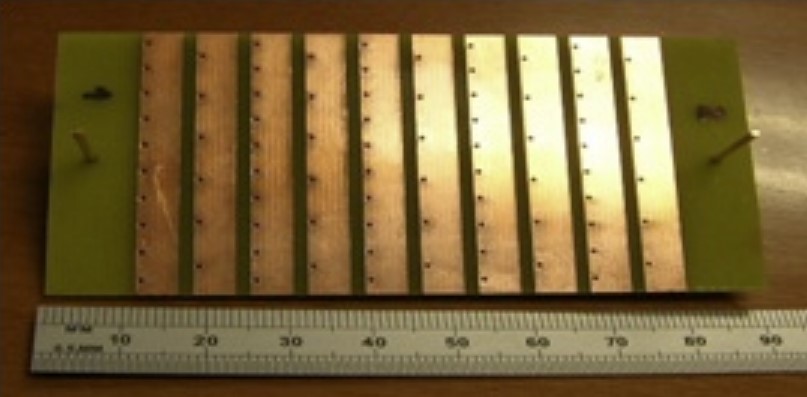 E. Rajo-Iglesias, J.L. Vázquez-Roy, O. Quevedo-Teruel, L. Inclán-Sánchez, “Dual band planar soft surfaces,” IET Microwaves, Antennas & Propagation, vol.3, no.5, pp.742-748, August 2009.
E. Rajo-Iglesias, J.L. Vázquez-Roy, O. Quevedo-Teruel, L. Inclán-Sánchez, “Dual band planar soft surfaces,” IET Microwaves, Antennas & Propagation, vol.3, no.5, pp.742-748, August 2009.

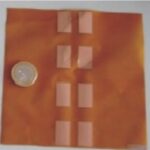
E. Rajo-Iglesias, O. Quevedo-Teruel, L. Inclán-Sánchez, “Mutual Coupling Reduction in Patch Antenna Arrays by Using a Planar EBG Structure and a Multilayer Dielectric Substrate,” IEEE Transactions on Antennas and Propagation, vol.56, no.6, pp.1648-1655, June 2008.
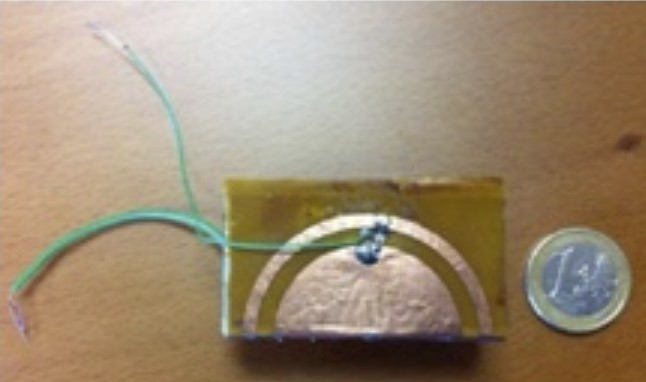 M. Ng Mou Kehn, O. Quevedo-Teruel, E. Rajo-Iglesias, “Reconfigurable Loaded Planar Inverted-F Antenna Using Varactor Diodes,” IEEE Antennas and Wireless Propagation Letters, vol.10, pp.466-468, 2011
M. Ng Mou Kehn, O. Quevedo-Teruel, E. Rajo-Iglesias, “Reconfigurable Loaded Planar Inverted-F Antenna Using Varactor Diodes,” IEEE Antennas and Wireless Propagation Letters, vol.10, pp.466-468, 2011
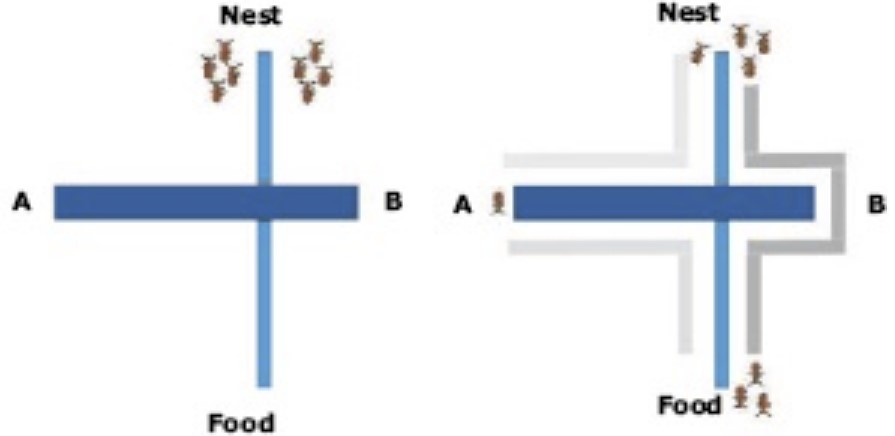 E. Rajo-Iglesias, O. Quevedo-Teruel, “Linear array synthesis using an ant-colony-optimization-based algorithm,” IEEE Antennas and Propagation Magazine, vol.49, no.2, pp.70-79, April 2007
E. Rajo-Iglesias, O. Quevedo-Teruel, “Linear array synthesis using an ant-colony-optimization-based algorithm,” IEEE Antennas and Propagation Magazine, vol.49, no.2, pp.70-79, April 2007
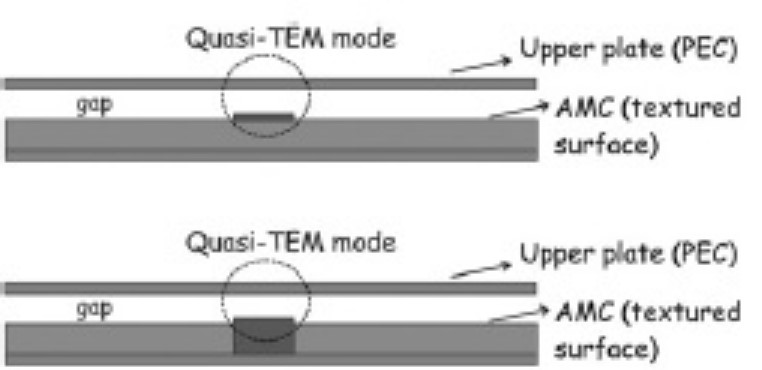 E. Rajo-Iglesias, P.-S. Kildal, “Numerical studies of bandwidth of parallel-plate cut-off realised by a bed of nails, corrugations and mushroom-type electromagnetic bandgap for use in gap waveguides,” IET Microwaves, Antennas & Propagation, vol.5, no.3, pp.282-289, Feb. 21 2011.
E. Rajo-Iglesias, P.-S. Kildal, “Numerical studies of bandwidth of parallel-plate cut-off realised by a bed of nails, corrugations and mushroom-type electromagnetic bandgap for use in gap waveguides,” IET Microwaves, Antennas & Propagation, vol.5, no.3, pp.282-289, Feb. 21 2011.
 O. Quevedo-Teruel, M. Ng Mou Khen, E. Rajo-Iglesias, “Numerical and experimental studies of split ring resonators loaded on the sidewalls of rectangular waveguides,” IET Microwaves, Antennas & Propagation, vol.3, no.8, pp.1262-1270, December 2009.
O. Quevedo-Teruel, M. Ng Mou Khen, E. Rajo-Iglesias, “Numerical and experimental studies of split ring resonators loaded on the sidewalls of rectangular waveguides,” IET Microwaves, Antennas & Propagation, vol.3, no.8, pp.1262-1270, December 2009.